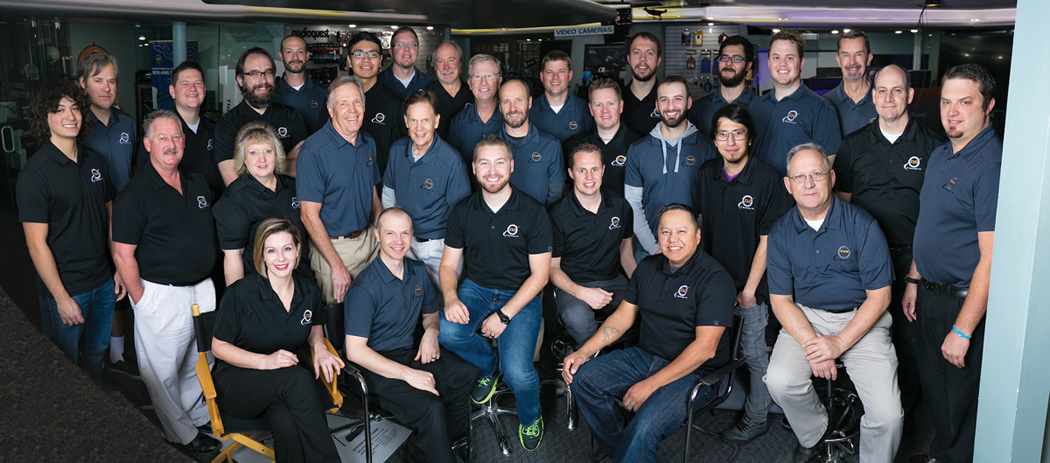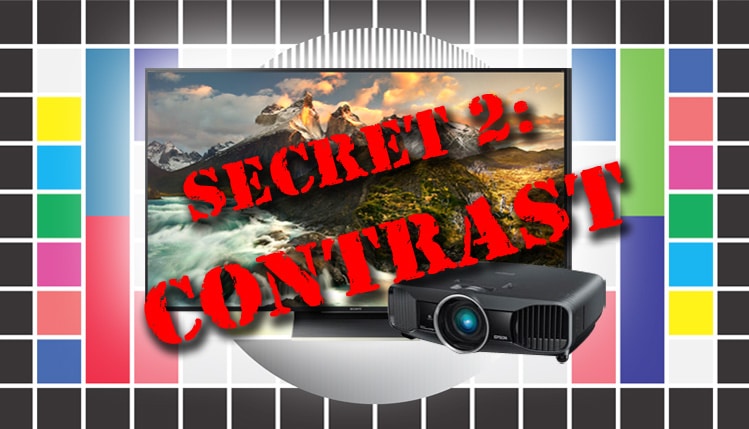AV Solutions, Home Theater
Top 5 Secrets to Best Picture Quality: Secret 2 – Contrast
Second Secret: Contrast
The second secret to best TV picture quality is contrast. It is so important that it may even surpass brightness in terms of human perception of best picture quality and is certainly the most difficult to achieve. It also explains the vast differences of prices in flat screen TVs and projectors for your home theater or conference room. Most people know when their eyes tell them a picture is good but they do not understand the underlying reasons as to why it is a good picture, nor do they understand how best to get the most value for their investment in these new and updated products. To be fully appreciated it must also have good mid range detail and as-wide-as-possible dynamic range. If a good TV contrast ratio is obtained, along with good dynamic range, then you can expect the highest and best TV picture quality possible from a specific display – whether it be a flat screen TV or projector.


Manufacturers know the value of a good TV contrast ratio and mid tone reproduction – and their products are priced accordingly. Take, for example, a home theater projector with a ratio of 3,000:1 that costs $600. A higher end model from that same manufacture may have a TV contrast ratio of 60,000:1 and costs $2,400. It is very important to understand that there may also be some other features and differences. But, if you look carefully, you will notice the very close relationship between contrast and price. In terms of flat screen TVs the same concept applies, but it is usually not expressed in ratios. Instead, it is usually related to the various types of back lighting, and LCD vs OLED technology. Even though OLEDs cost somewhere between 1.5 – 2.5 times the cost of LCD/LED TVs and have very good blacks, they may not be the best way to enjoy the full dynamic range of many images including feature films and mainstream movies. If you watch your movies on a flat screen TV in a very dark room, then OLED flat screens may be worth considering. But if you watch in both controlled lighting and normal lit rooms during the day there are some significantly less expensive but very good TVs on the market to choose from.
Read about the 3rd Secret to Best Picture Quality: TV Color ->
Read about the 1st Secret to Best Picture Quality: Brightness ->
Written by Ted Bollinger
Ted Bollinger has been in the professional display and electronic imaging industry for over 40 years. He has worked with and consulted with most major manufacturers' engineering representatives of professional and consumer flat screen TVs and projectors. He is currently with TVS Pro and serves as the manager for professional display products.



